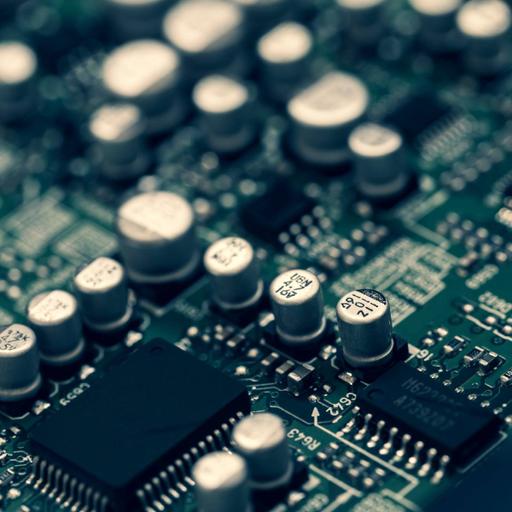Krichhoff's Laws
Presentations | English
Can we apply Kirchhoff's law in practical life? Kirchhoff's first law applies to currents at a junction in a circuit. It states that at a junction in an electrical circuit, the sum of currents flowing into the junction is equal to the sum of currents flowing out of the junction. Kirchhoff's second rule—the loop rule: The algebraic sum of changes in potential around any closed circuit path (loop) must be zero.Read up on the first two laws of Kirchhoff to understand how current and voltage work within a circuit. Check out the PPT by clicking on the preview button and download the resource to make full advantage of it.

8.00
Lumens
PPTX (33 Slides)
Krichhoff's Laws
Presentations | English
